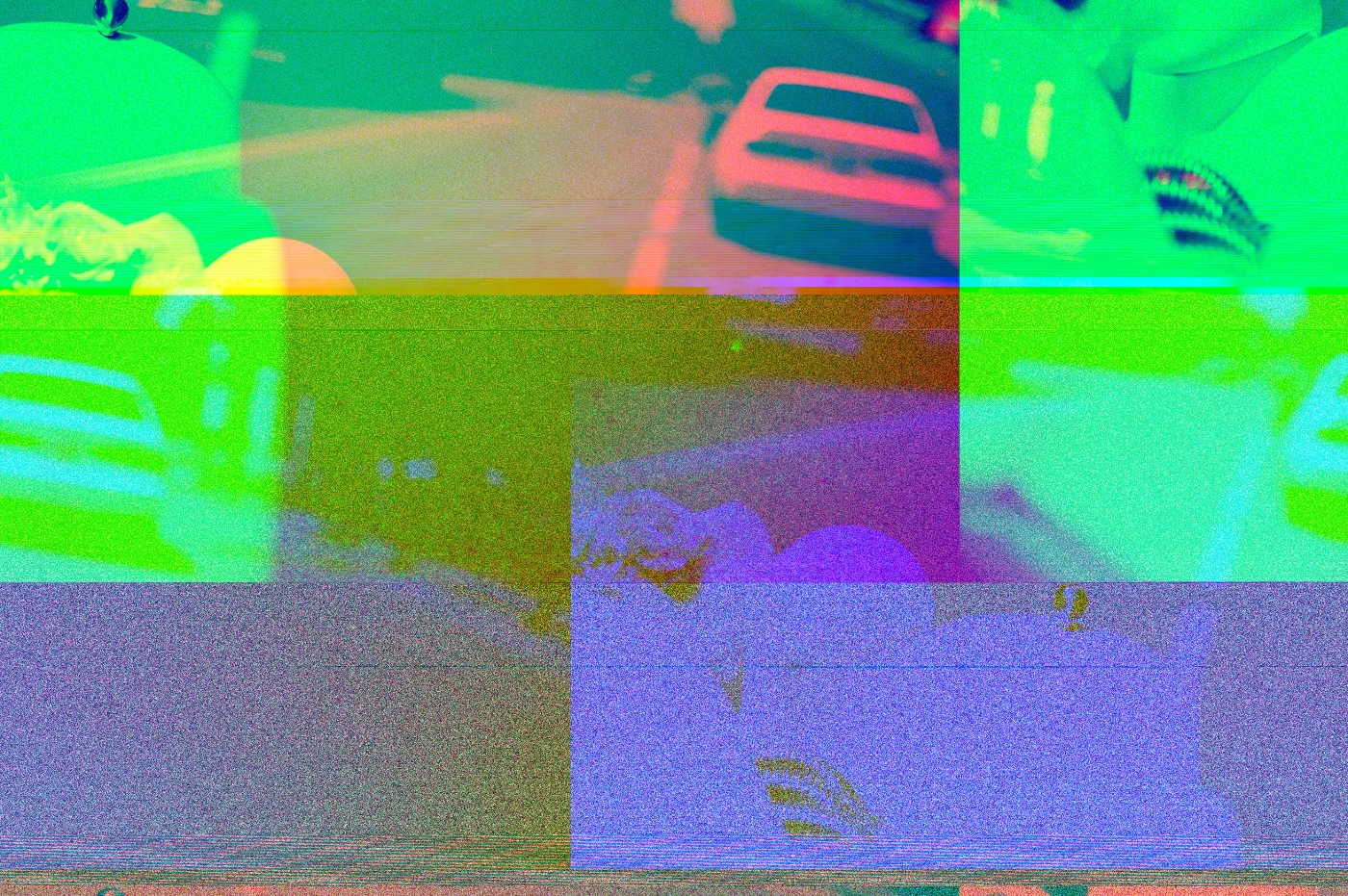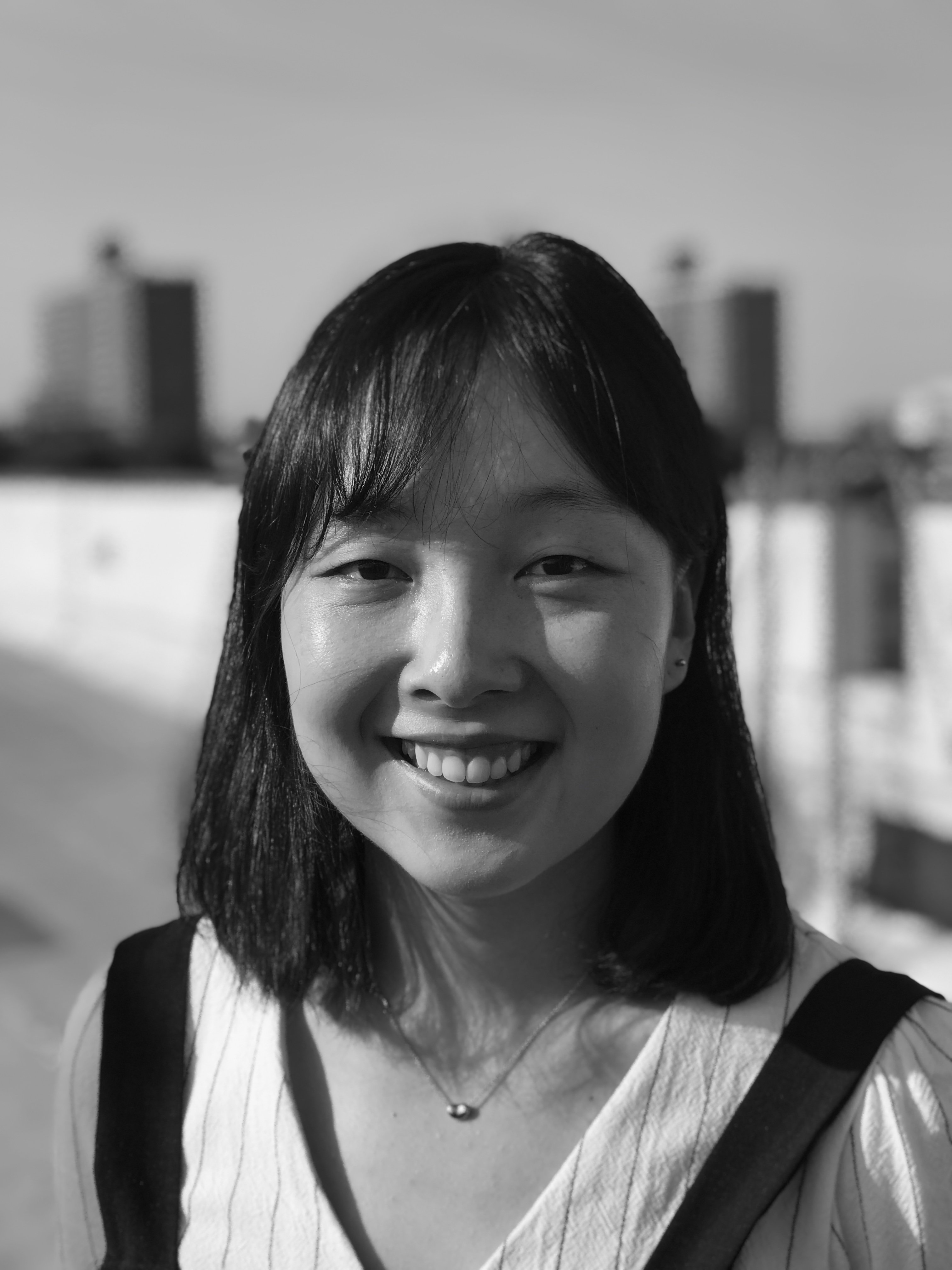Challenges to Building Your Audience on Social Media
A social media presence is one important method by which your audience can engage with your art. However, it can be tough to grow that follower list. There are so many social media platforms and so many tactics that you can take to increase your reach. At times it can feel like you are just throwing spaghetti into the void trying to increase that list. Here, we’ll cover the challenges you may face while trying to grow your followers and what you can do to overcome them.
Some Social Media Engagement Basics
There are some basics for building followers organically. The overarching suggestion is to not just use social media as a way to increase your reach but to frame it as a platform for engaging with the larger ecosystem you are part of. To that end, don’t try things like following random people with the hope that they will follow you back. Additionally, if they don’t follow you back, don’t unfollow them! It can come off as spammy and you may be mistaken as a paid bot. The internet can make relationship building strange, but think about what ways you can make this process more natural and it will help you.
There’s Not Enough Time to Dedicate to Social Media
From spending substantial time in the studio to making sure your work is ready for exhibitions or performances to administrative duties, artists are juggling a lot! On top of all of this, managing social media can be even more.
One way to address this is to set specific dates and times that you want to tackle social media. Perhaps you make time to schedule several posts on Thursday afternoons or set a timer for 15 minutes, a few times a week to engage with people who are liking, commenting, and following your posts. All of this can be roped into other marketing strategies that you are utilizing to let people know about your practice and next project.
Developing boundaries around when you will engage with social media will help differentiate this work with the in-studio practice and making that you have to do. It means that you can focus on what is in front of you at a given time.
The Algorithm Just Makes No Sense
Different social media platforms prioritize different metrics to suggest new content to followers. While this may seem helpful as a user for content discovery, this process can be opaque and difficult to understand as someone who is creating and sharing content. Because the platforms do not share how they are prioritizing the content, it’s hard to know what exactly to do.
This may seem an equally frustrating answer, but our suggestion is not to worry about it too much. It’s much more important that the content you are sharing on social media is great and it supports your greater practice vision. There are full-time professionals whose jobs are to figure out how to navigate the social media algorithms, and artists don’t have the time to work around this. We suggest focusing on what you are posting and how you are engaging with those who come to your feed.
Your Audience Doesn’t Seem to Grow No Matter What
Sometimes, no matter what you do, the needle on followers just does not seem to move. It can be very frustrating to be faced with this obstacle despite the effort you put in to share content with your audience. Another scenario is, you have a great, supportive ecosystem around you but you want to expand your reach even further.
One suggestion to shake things up to bring new people into your ecosystem is to try an event like a giveaway or a raffle. Often, people are encouraged to like, save, comment, or share a post in the hopes of receiving something, which can expand your reach beyond the people that you know immediately around you. It can be a great experience to build new relationships.
Another strategy is to share other people’s work on your social media platforms. This is a great way to build community with each other, and to encourage fellow artists who are in the social media weeds with you. This will encourage others to share your work as well. It can be done purposefully and can be a cooperative effort to bump each other's work. An expansion of this would be to try a social media takeover of each other’s account to introduce yourselves more indepthly to your audience.
Lastly, be transparent and ask your audience to share your work. Tell them that this is one of the ways that they can support you and your work, and it’s free! Your audience, and especially your inner community, understand that all types of support is needed for an independent artist or a smaller arts organization.
You’re Unsure of What You’re Doing in the First Place
It’s okay if all of this feels foreign to you or even overwhelming. Social media management is a full career with people dedicating their entire day jobs to researching, understanding, and implementing social media strategies. If you’re feeling overwhelmed, it’s important to set some goals to help structure the social media experience. Who do you want to connect with? What is manageable for you timewise? What do you want to achieve? You can start with these questions and move backwards to formulate tangible strategies.
Be careful not to fall into the trap of wanting more followers for following’s sake. It’s a perfectly acceptable goal, but the real prize is to use this as one tool to support your art. For example, you might want to grow your social media following to boost attendance at a performance or to increase your community for a fundraising push. Social media followers in and of themselves aren’t a goal. We encourage you to carefully consider how this supports your art, because it will ultimately make the process much easier to navigate.
About Sophia Park
Sophia Park (she/her) is a writer, curator, and arts administrator whose interests lie in how intimacy, communal care practices, and support systems influence curatorial and art practice. She is based between Brooklyn, NY and Gumi, South Korea. She received her B.A. in Neuroscience from Oberlin College and M.A. in Curatorial Practice from the School of Visual Arts. She currently works as the Director of External Relations at Fractured Atlas and teaches entrepreneurship and the arts at New York University. She is part of slow cook, a curatorial collaboration, and is a co-founder of Jip Gallery (2018 - 2022). You can also find her running some silly distance, trying to get back into tennis, or dancing somewhere.


